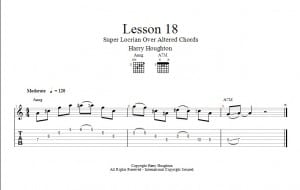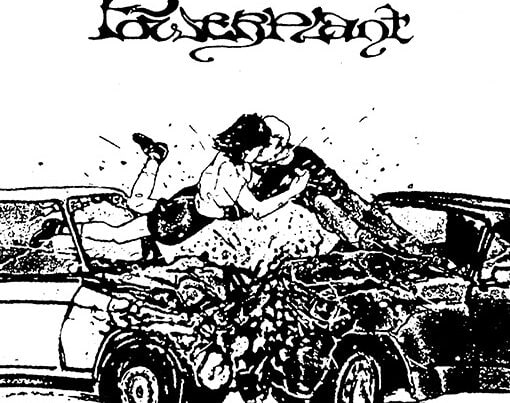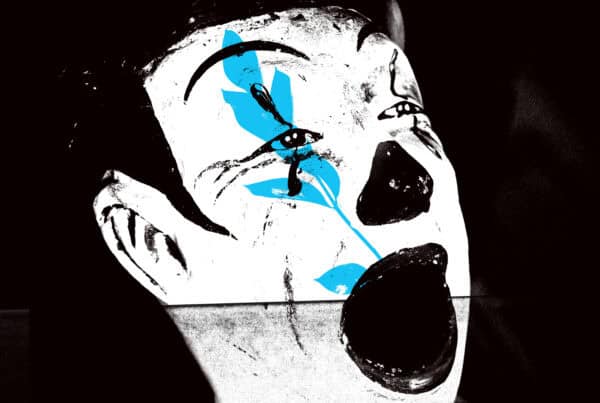Using the super locrian mode is a great way of playing over altered chords (chords with a flat or sharp fifth), it is the seventh mode of the melodic minor scale and consists of a root, flat 2nd, #2nd, 3rd, flat 5th, #5th and a flat 7th, so A super locrian would consist of A, B flat, C, C#, E flat, F and G. In this example we will be switching from an A augmented chord (A, C# and F) to and A major 7 chord (A#, C#, E and G#).
[like_to_read][/like_to_read]We begin with an A augmented arpeggio covering two beats on the A at the seventh fret of the D string, rising through the C# and F notes at the sixth frets of the G and B strings before finishing on the A at the fifth fret of the high E string all in eighth notes. The rest of this phrase is essentially embellishing this arpeggio firstly by pulling off from the B flat at the 6 fret of the high E string then picking the F and C# notes again at the sixth fret of the B and G strings. We then go back up to the B string but this time we pick the G note at the eighth fret and pull of the F at the sixth fret, and back to the G at the seventh fret of the D string.
To finish this lick we head up to the E flat at the eighth fret of the G strain and pull of the C# at the sixth fret then pick the C, B and the G# at the tenth, ninth and sixth frets of the D string, before sliding up to the A at the seventh fret. The reason we have switched from B flat to B natural, and G natural to G sharp is because we have now changed chord from A augmented to A major 7, and have also changed which scale we are using to fit over the chord (A super locrian to A major). This chords have also been included into the video example so you can hear how melody notes fit against the chords.






